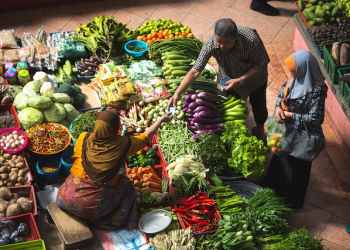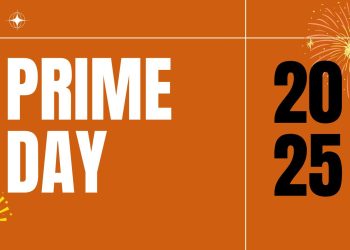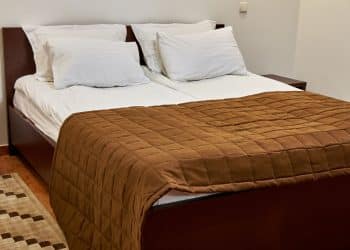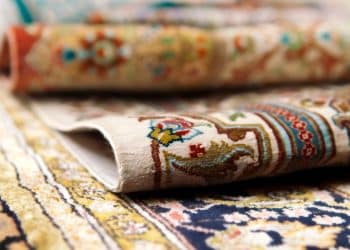Table of Contents
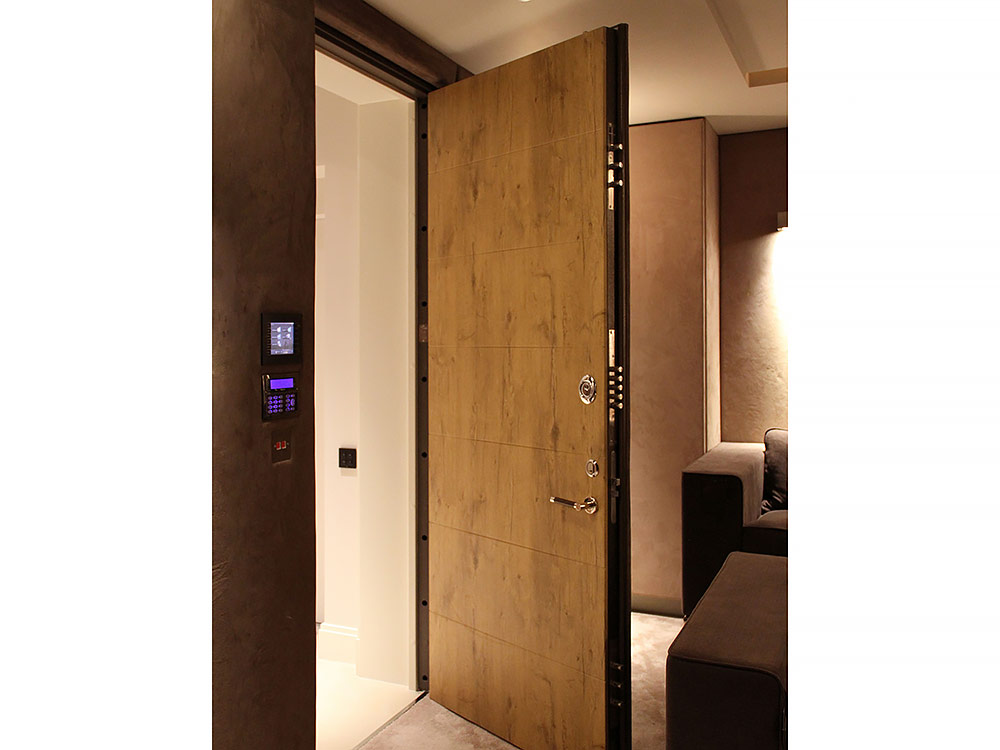
A safe room inside any residential or commercial property can provide additional protection from intruders and extreme events like hurricanes or fire hazards.
With that being said, the safe room doors are often the most important component of any safe room, since it is also typically the first place that intruders will attempt entry through. After all, the safe room doors are the only component of the safe room that is designed to allow people inside and outside the room.
Here, we will discuss some tips in purchasing a safe room door, as well as some actionable tips for building the perfect safe room for your property.
What Is a Safe Room?
The technical definition of a safe room, or a panic room, is a room with a hardened structure that is specifically designed to meet FEMA (Federal Emergency Management Agency) criteria so that the room can provide near-total protection in tornadoes, hurricanes, and other extreme wind incidents.
Obviously, the safe room can also protect the occupant from break-ins, impacts, and potentially weapon assaults. The criteria for a safe room are regulated in FEMA P-361 guidance.
How To Build a Safe Room?
The first consideration you should have when designing and building a safe room is identifying the threats and hazards you wish the safe room would protect you from. For example:
- Whether fire hazards are common in your area
- Whether earthquakes are common in your area
- Whether extreme wind events (hurricanes, tornadoes) are common in your area
- The crime rate in your location, especially regarding break-ins
- Will the safe room primarily protect valuables, people, or both?
- Whether weapon assaults are common in your area (and how severe) or do you expect criminals to use axes and hammers to attempt break-in?
Choosing The Perfect Location
The ideal safe room location is an area in your property with the following qualities:
- Has as few points of entry as possible. Especially look for a location without any outside-facing windows. If the room has no windows at all, even better. It’s possible, however, to upgrade the windows to a forced entry-resistant or even ballistic-resistant window if the only ideal room still has windows.
- Has thick, solid walls. While you can reinforce the walls with thicker materials, it’s going to be more cost-efficient to choose a room with thick and solid enough walls from the get-go. If you have any basement in your property, look if it has concrete walls and whether it is thick enough.
- Not a must, but check whether it’s possible to install a vent that can be opened or closed from the inside for fresh air, or whether you can install any ventilation system without compromising security.
- Ideally, the safe room should be located as close as possible to the frequented spaces in the property. This is so that we can access the safe room rapidly in the event of an emergency.
Last but not least, identify the possibility of camouflaging the safe room. You’d want to camouflage the safe room as much as possible so it’s harder for criminals to find this location. Camouflaging the door is also an option (more on this later).
Reinforced Windows and Walls
If the room’s walls aren’t thick enough and/or it still has one or more windows, then it’s important to reinforce the walls and windows with a material that can withstand extreme wind conditions, forced entry, and even projectile impact.
There are ballistic panels made out of steel, Kevlar, or fiberglass, many of them are relatively cost-effective and fairly easy to install at the moment. Fiberglass and kevlar panels are more versatile than steel, and won’t block Wi-Fi and cellular signals.
For reinforced windows, fixed bulletproof windows are fairly cost-effective, but there are also operable bulletproof windows available in the market today that you can use for ventilation or even for escape route purposes.
How To Choose a Secure Safe Room Door
Again, the safe room doors are the most important element of your safe room.
- The most important consideration when choosing between different safe room doors is whether the safe room would be used only to store valuable items, people, or both.
- If the door is only designed to secure valuables, then an important consideration is that we should be able to securely lock the door from the outside. If it’s designed to secure only people, then not putting any lock on the outside of the door can actually eliminate one potential way for forced entry.
- If the door is designed to secure both valuables and people, then you might want to consider two different locking systems (or one that is versatile enough) for convenient day-to-day use and another, more robust system to lock the door when you are away from the property or during an emergency.
- For locking systems, you might want to start with a high-quality holt lock, then add floor-mounted door bracing. If necessary, you can add an operable door bar for extra security.
- Make sure the door frames are also strong enough (if they are not included with the reinforced door). You might want to switch out the frames with a steel one. The door must be properly secured to the surrounding wall.
- If you’d like to camouflage the door as a standard wall, then you might want to consider getting custom safe room doors from certified manufacturers.
- Don’t underestimate the importance of your door leaf and hinge. They must also be able to withstand impact and abuse without allowing entry. You can utilize thick enough steel to prevent pass through.
Conclusion
When building a safe room and especially installing a safe room door, it’s highly recommended to work with a licensed and bonded contractor. However, safe room doors and components from manufacturers like Fortified Estate are designed to be installed even by a DIY homeowner.

